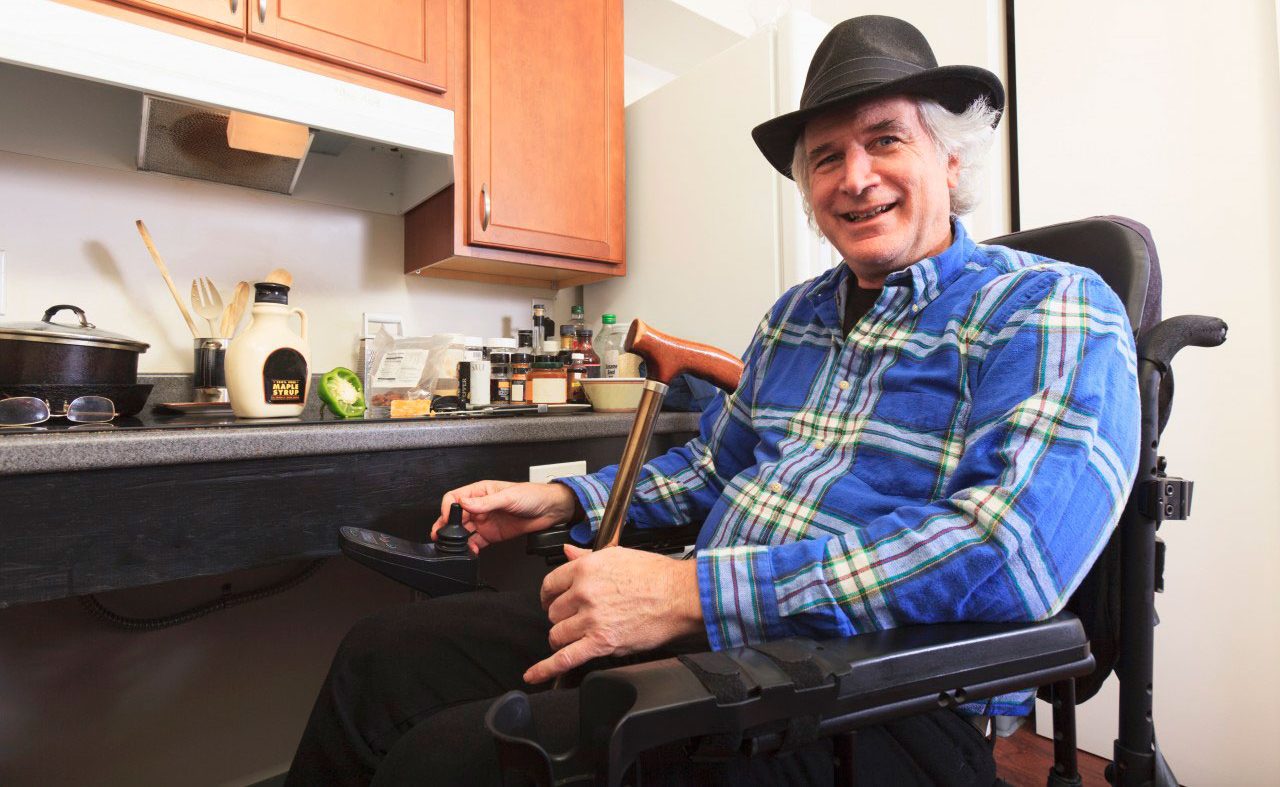How to Prevent Multiple Sclerosis Symptoms

Drugs are just one part of the treatment puzzle. Here's how to prevent multiple sclerosis symptoms by tackling risk factors in your lifestyle, like poor diet and lack of exercise.
Looking back, Ingrid Adelsberger, 35, believes she first had symptoms of multiple sclerosis in her early 20s, but wasn’t diagnosed until 2011.
YOU MIGHT ALSO LIKE: Solving the MS Mystery about Winter Improvement
How to prevent multiple sclerosis symptoms
By summer that year the writer from New York City was drained emotionally. “I decided to do an elimination diet to detox – no meat, wheat, dairy, eggs, sugar – with the hope that it would help me in some way,” she says.
Adelsberger took the preventive route on her own to try and limit her symptoms, not knowing at the time that she was basically following a preventive program developed by George Jelinek, MD, an Australian academic researcher who was himself diagnosed with multiple sclerosis (MS) in 1999.
His mother also had MS and committed suicide in 1981 when she became completely incapacitated.
Upon learning his diagnosis, Jelinek began to scour the medical literature to identify lifestyle factors that seemed to aggravate MS symptoms. He says his disease has stabilized since then.
The result was a “secondary preventive approach” that tackles risk factors such as smoking, poor diet, lack of exercise, stress, lack of sun exposure, low vitamin D levels, and lack of omega 3 fatty acids in the diet.
Jelinek, professor and head of the neuroepidemiology unit at The University of Melbourne, later founded a non-profit organization to provide guidance and materials to MS patients.
He also heads a research team that has studied elements of the prevention program and published results in medical journals.
Symptoms can vary
If you have MS, the symptoms can greatly vary since the disease can affect essentially any part of your brain and spinal cord through the loss of central nervous system cell membrane called myelin. You will never have exactly the same symptoms as the next person.
A study of MS patients led by Jelinek that counseled MS patients during a one-week retreat on the preventive program reported, on average, physical improvement of 18 percent and mental improvement of 23 percent over a five-year period.
The study also reported a 20 percent improvement in overall quality of life.
“We know that MS is a lifestyle-related disease, so it makes sense to modify the risk factors that increase the risk of progression,” Jelinek told a medical education website.
“When you make these changes, you experience major improvements in quality of life, and physical and mental condition begins to improve. We were impressed to see the improvements continue to grow over five years, and look forward with interest to the ten year analysis in due course.”
Can alternative treatments help MS?
A review of complementary and alternative medicine (CAM) approaches to MS treatment said, “there is very limited research evaluating the safety and effectiveness of CAM in MS. However, in recent years the (National Institutes of Health) and the National MS Society have actively been supporting research in this important area.”
YOU MIGHT ALSO LIKE: Life with Multiple Sclerosis
A first of its kind study in five Nordic countries found that the more educated segments of the population with MS tend to favor “alternative” treatments such as dietary supplements, acupuncture, and herbal medicine as symptom-preventive tools.
One of the principal researchers, Lasse Skovgaard of the University of Copenhagen, acknowledges skeptics of MS treatment outside of mainstream drug therapy.
But, he adds that such “self-care competence” needs to be understood when so many MS patients are turning to choices that include elements of Jelinek’s program, such as dietary changes and supplements, plus behavioral changes like smoking cessation.
“We have seen significant improvements in people with MS even at quite advanced stages of the illness,” Jelinek says. “Often, a vicious cycle develops where muscle weakness and fatigue lead to inactivity. This can lead to wasting of your muscles due to disuse, and this can be mistaken for your disease actually progressing.”
“People at this state of the illness often feel empowered and energized when they start the program and they start exercising again.” He adds that stabilizing the disease also means that physiologically, the body’s repair mechanisms can come into play and you begin to see return of function as repair of “some” of the damage occurs.
Jelinek also makes clear that the he considers the facets of the MS prevention program to be “mainstream,” not alternative, and that they largely encompass the elements of an optimal lifestyle that promotes good health in any case.
An adjunct to drug therapy
In addition, the program is not anti-drug, but rather an adjunct to pharmaceutical treatment that he acknowledges is now more effective, yet with fewer side effects than a previous generation of MS drugs.
“More modern (drug) treatments can now be taken as a pill once or twice daily, are significantly more effective, some even slowing disease progression in addition to reducing frequency of relapses,” he says.
Adelsberger is a believer in lifestyle changes; not only in the physical changes that Jelinek urges you to make, but also in the way his program increases your awareness of the disease, and how you view it in the context of your overall lifestyle.
“I focus on and care about different things in my life more now than I used to,” she says. “My symptoms will tell me when my life gets too hectic and force me to slow down so it’s almost like having a special barometer. This has quite influenced the way I live. I will choose activities and hobbies wisely and focus on what matters.”
Updated:
March 05, 2020
Reviewed By:
Christopher Nystuen, MD, MBA